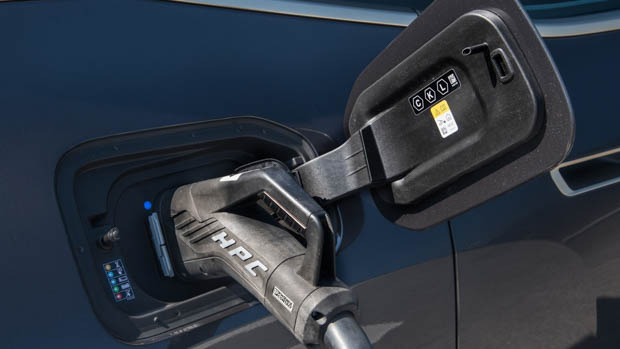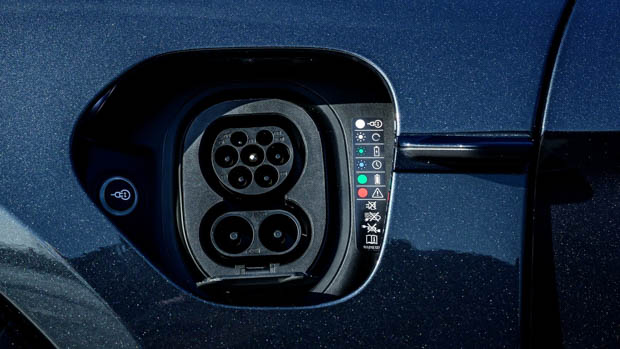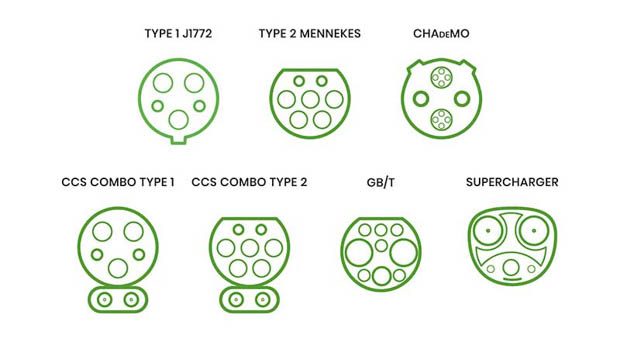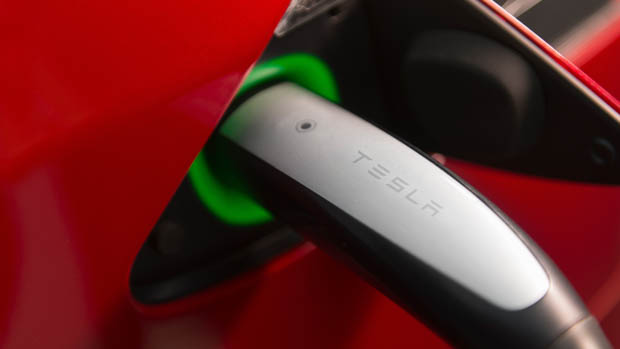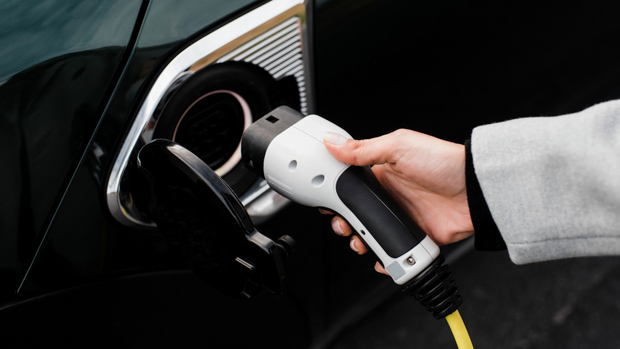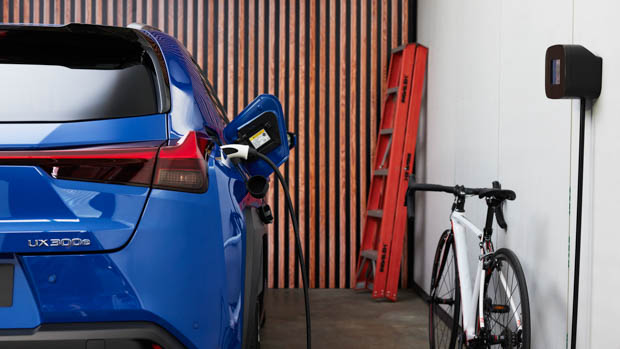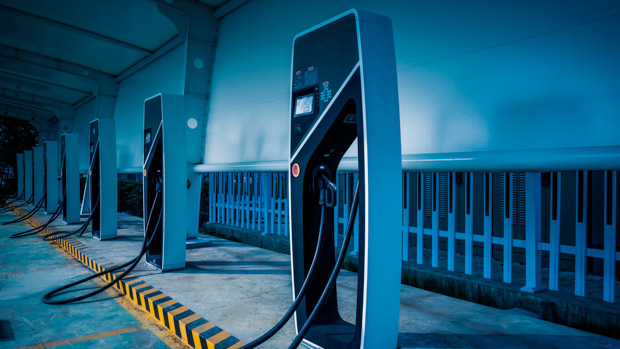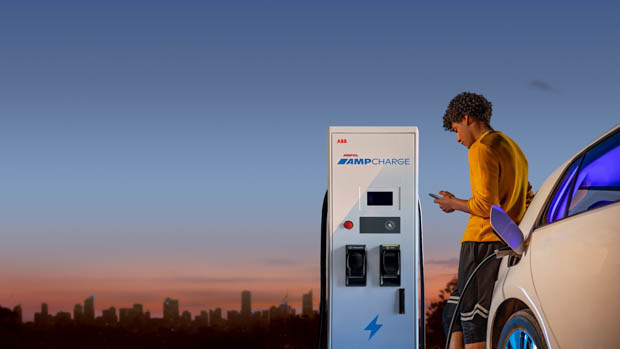-
Car Reviews
- All reviews
- Midsize SUVs
- Small cars
- Utes
- Small SUVs
- Large SUVs
- Large cars
- Sports SUVs
- Sports cars
- Vans
Latest reviews
- Car News
-
Car Comparisons
Latest comparisons
- Chasing Deals
- ChasingCarsGPT
There is a lot to unpack when it comes to charging an electric vehicle, so Chasing Cars has found out all you need to know about EV charge plugs
Charging an electric vehicle will soon become something almost everyone will need to do to keep their pride and joy on the road and working correctly and efficiently.
But for newcomers, understanding the different charging cables, connections and charging stations can be somewhat challenging.
What sort of charging cables are out there in Australia? How does a public charging station communicate with my car? Which plug type suits my EV? There are all questions we will answer in this guide.
At a basic level, AC power stands for alternating current, while DC power stands for direct current.
AC charging is one of the most common charge types in Australia. The charger, usually in a domestic environment, supplies AC power, however this must then be converted to DC in the vehicle before the battery can be charged. Car batteries can only store DC power.
DC charging, on the other hand, is a lot simpler, and faster too. DC power goes straight into the car and does not need to be converted, leading to faster charge times. DC charging is not limited by the power of the on-board converter.
In Australia, there are several different cables and connectors for electric vehicles. Four are commonly used in a wide range of electric cars down under, but what are they exactly?
Type 1 (J1772) – AC charging standard being phased out
Type 1 is an AC charging plug used in cars such as the Holden Volt, Nissan Leaf, the last Mitsubishi Outlander PHEV and even the BMW i8 supercar. It has a maximum output of up to 7.4kW.
Type 2 – increasingly common AC charging standard
Type 2 charging plugs are designed as triple-phase plugs and have three additional wires for current to run through. Type 2 plugs are suited for AC power and are found in many new electric vehicles sold in Australia.
A Type 2 port is increasingly becoming the standard port for AC charging for EVs and plug-in hybrid (PHEV) vehicles in Australia.
CCS – increasingly common DC charging standard
CCS is a combined plug with AC and DC capabilities, using a Type 2 layout with additional DC ports at the bottom. The CCS plug is also known as the Mennekes plug. This setup is extensively used in Europe and is becoming much more common with new electric cars coming to Australia. This sort of plug can handle up to 350kW of power.
Tesla plug (North American Charging Standard)
Tesla has its own proprietary plug that it uses for its range of electric vehicles including the Model Y and Model 3, however this kind of plug is not available in Australia. Instead, it is used in North America and elsewhere as part of Tesla’s Supercharger network.
CHAdeMO plug
The Chademo plug was developed in Japan and is suited for DC charging. Bidirectional charging is also possible with Chademo.
This charger still remains to be popular in Japan, however less and less cars sold in Europe are being fitted with this kind of plug, meaning those that come to Australia are unlikely to have this plug option. The Chademo plug allows charging up to 200kW.
There are two main forms of EV charging available in Australia and these can be easily divided into two categories: home vehicle charging and public charging. You can read more about our home charging guide here.
Home charging setups
Most EV owners will want to charge their electric vehicle at home, especially overnight when it is most convenient. Home wall box chargers can be installed with either single- or three-phase power. Single phase can provide around 7kW of output, while three-phase can provide power outputs of up to 22kW.
However, home chargers cannot provide the same power output as high-speed DC fast chargers.
Public DC fast chargers
If you’re on the road and need to stop to charge your EV, a DC fast charger will get the job done and a lot faster than a home wallbox or simple 240-volt wall plug.
Speeds can range from 50kW to 350kW depending on the charger and its capabilities. Many regional chargers in NSW, for example, are 50kW chargers, however there are some 350kW chargers available across the state.
When you plug in your EV to a public charger, there is a lot more at play than you might think.
Plugging an EV into a public DC fast charger not only is the acceptance of electricity, but also information.
As soon as your vehicle is attached to a DC charger, both the vehicle and the charger will communicate with each other. The car’s battery management system will tell the charger how much electricity it needs. This is called the charge acceptance rate.
Some public EV chargers also have built-in cooling systems to combat high levels of heat produced from high charging speeds. This usually comes in the form of liquid cooling. Coolant flows from the cable right to the charge port and then back, dissipating any heat that is present.
Latest guides
About Chasing cars
Chasing Cars reviews are 100% independent.
Because we are powered by Budget Direct Insurance, we don’t receive advertising or sales revenue from car manufacturers.
We’re truly independent – giving you Australia’s best car reviews.
